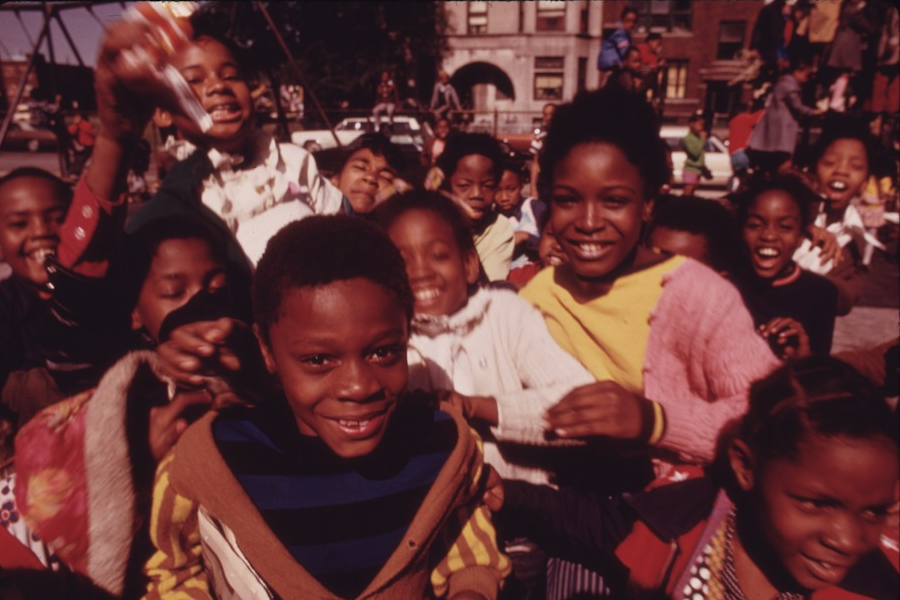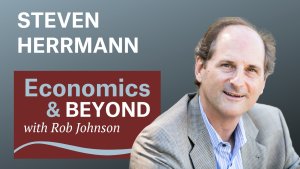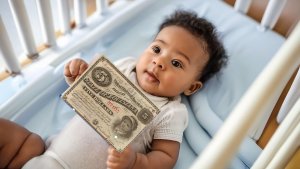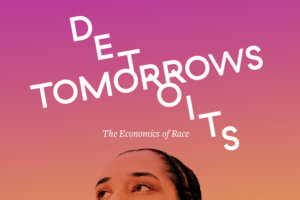The Institute for New Economic Thinking’s recent Detroit event on race and economics noted both the structural impediments faced by African-Americans, and the impressive gains made in some communities despite those headwinds
The Institute for New Economic Thinking’s recent conference on the economics of race, entitled Tomorrow’s Detroits and Detroit’s Tomorrows, explored how the discipline has fallen short in acknowledging and explaining the toxic impact of systemic racism on the plight and prospects of the black community across the United States.
Mainstream economics conceives of race as a static variable – one that is not impacted by the influence of any others. Models that treat race as a static variable cannot observe self-reinforcing patterns of discrimination or systematic bias. Models using this logic typically conclude that discrimination will select itself out on the basis that it is irrational.
By contrast, stratification economics — an approach on which Professor Darrick Hamilton presented — explains persistent disparity by highlighting the rational attributes of discrimination: It is a means for in-groups to maintain their advantages through explicit and implicit discrimination. Here, discrimination has no automatic off-switch as it does in mainstream economics.
Findings such as those presented by Professor Marlene Kim add greater precision to the complex picture of discrimination. She is embarking on the complicated task of measuring intersectionality, the impact of having multiple identities at the same time (gender, race, economic status, ability, etc.) as opposed to studying each identity separately. Kim demonstrated that falling into multiple disadvantaged groups has a greater impact in combination than does separate membership of each group. For instance, African American women suffer a wage penalty by virtue of their race, their gender, and an additional penalty for membership to both groups.
As in the work of Hamilton and Kim, the primary focus of the event was to bear
Coming just a few days after the U.S. presidential election results, some of the conversation at the conference reflected anxiety over the economic prospects for people of color under the incoming administration. There was concern, also, that neglecting tremendous economic gains and contributions of the African-American community can inadvertently reinforce the racist fiction that black Americans seek undeserved handouts.
Here are a few resources that highlight gains demonstrating tremendous economic resilience in the black community in the face of the considerable adversity explored by conference participants:
The National Black Child Development Institute (NBCDI) embraces a strength-based approach that reinforces positive expectations by highlighting the abilities and resilience of people of color to endure grievances and excel despite the hurdles placed in front of them.
NBCDI has also been generating state-specific reports to acknowledge locality specific issues and display ground-breaking work in the non-profit realm.
Black Americans have been attaining higher levels of education and have moved to higher household income brackets from 2000 to 2010 according to the National Association of Real Estate Brokers — a trend that has persisted for decades, according to the National Urban League’s State of Black America report.
At the conference, Amanda Alexander acknowledged several community organizations centered on restorative justice and prison reform. Among them, Alexander included Milk Not Jails, an organization that is diminishing Upstate New York’s dependence on the prison economy by revitalizing the dairy industry; Growing Change, a North Carolina organization whose Flip the Prison initiative is turning abandoned prison yards into farming and educational services for youth and veterans; and the successful push by activists to bring an adult trauma center to the South Side of Chicago
Such examples of seizing the initiative reinforced the message of Alicia Garza, one of the founders of the Black Lives Matter movement, who emphasized the power of ordinary people to create their own narratives saying, “we have to protect our ability to reimagine who we are.”
The statistics cited above demonstrate that many black communities are working hard to lift themselves and support each other in order to reduce the achievement gap, breaking past high barriers and low expectations. The challenge to policy-makers, though, is to bring down those structural barriers.















